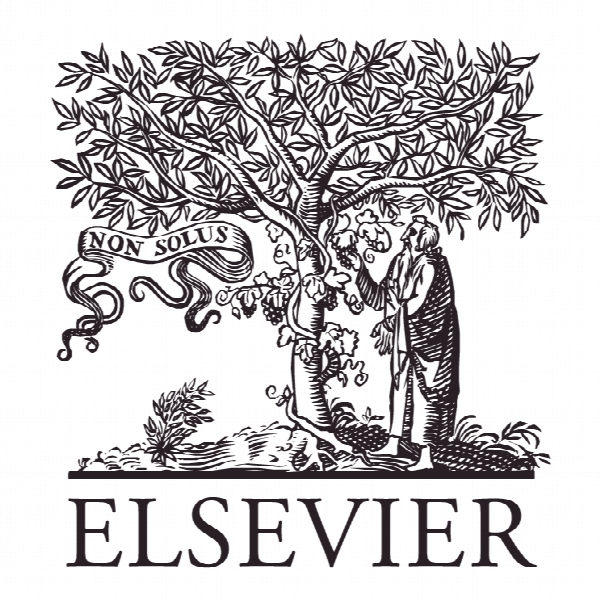تصمیم گیری چند معیاره برای انتخاب یک طرح راهنمای کارگاهی اجرا کننده Multi-criteria decision making for the selection of a performant manual workshop layout: a case study
- نوع فایل : کتاب
- زبان : انگلیسی
- ناشر : Elsevier
- چاپ و سال / کشور: 2018
توضیحات
رشته های مرتبط مهندسی صنایع
گرایش های مرتبط برنامه ریزی و تحلیل سیستم ها
مجله IFAC-PapersOnLine
دانشگاه Quartz-Supmeca – 93407 Saint-Ouen – France
منتشر شده در نشریه الزویر
کلمات کلیدی انگلیسی Layout reconfiguration, Manual assembly shop, Multi-criteria decision making, AHP, TOPSIS
گرایش های مرتبط برنامه ریزی و تحلیل سیستم ها
مجله IFAC-PapersOnLine
دانشگاه Quartz-Supmeca – 93407 Saint-Ouen – France
منتشر شده در نشریه الزویر
کلمات کلیدی انگلیسی Layout reconfiguration, Manual assembly shop, Multi-criteria decision making, AHP, TOPSIS
Description
3. MOTIVATION TO COUPLE AHP-TOPSIS (Hsieh et al., 2006) justified the combination of AHP and TOPSIS as a way to avoid the problem of obtaining the same order of preference for two different alternatives and therefore, it cannot be appropriately ranked. For example: A1 and A2 are two alternatives, ??+ is the positive ideal solution and ??− is the negative ideal solution as shown in Fig. 1. we notice that line ??̅̅̅ 2 ̅ ??̅̅+̅=̅ ??̅̅ 1 ̅ ??̅̅+̅. Computing the distance of these two solutions to the positive ideal solution, it might be concluded that A1 ≈ A2. Now, if we add the distance to the negative ideal solution, line ??1??− is larger than ??2??−line. That is line ̅ ??̅̅ 1 ̅ ??̅̅−̅>??̅̅̅ 2 ̅ ??̅̅−̅ i.e. A1 is farther, therefore, according to TOPSIS, we can judge A1 > A2, as shown in Fig. 1 since it takes into account the positive ideal and negative ideal solutions. Moreover the TOPSIS method uses the weights already calculated by the AHP and the AHP gives decision makers the confidence of the consistency. This is the rationale for choosing AHP-TOPSIS integrated method. 4. THE PROPOSED METHODOLOGY In order to reconfigure a manufacturing system, decision makers have to choose one configuration among a set of alternatives. These alternatives were generated by commercial software such as Spiral (Yang T et al. 2007), by industrial engineers or by any other method or technique. Each alternative is evaluated against the criteria related to general aspects that are generic and suitable for a wide range of manufacturing companies. In fact, even in such a narrow perspective, the layout design problem concerns more than one criterion. We would focus on material handling costs, space, labor, bottlenecks, communication and interaction between workers, between workers and their supervisors, or between workers and customers, manufacturing cycle time and customer service time. A preliminary study was conducted to determine all factors that affect the effectiveness of a facility layout. These aspects or criteria were collected from the state of the art and experts. – Expansion flexibility, a good layout will be the one that can rapidly be modified to meet changing in circumstances. – All workstations must be accessible to get an efficient process flow. – Productive area utilization should be maximized. – Resources utilization has to be maximized. – Human issues such as inherent safety and security must be considered in the evaluation of any manufacturing layout because of its direct impact on productivity. In order to facilitate an accurate decision analysis, we assign to every aspect one or more criteria. The importance of each criterion is determined by AHP. The choice of the appropriate configuration is achieved by TOPSIS after evaluation by experts. Two experts are invited to grade the alternatives when applying both methods which are the production manager and the manufacturing designer.


